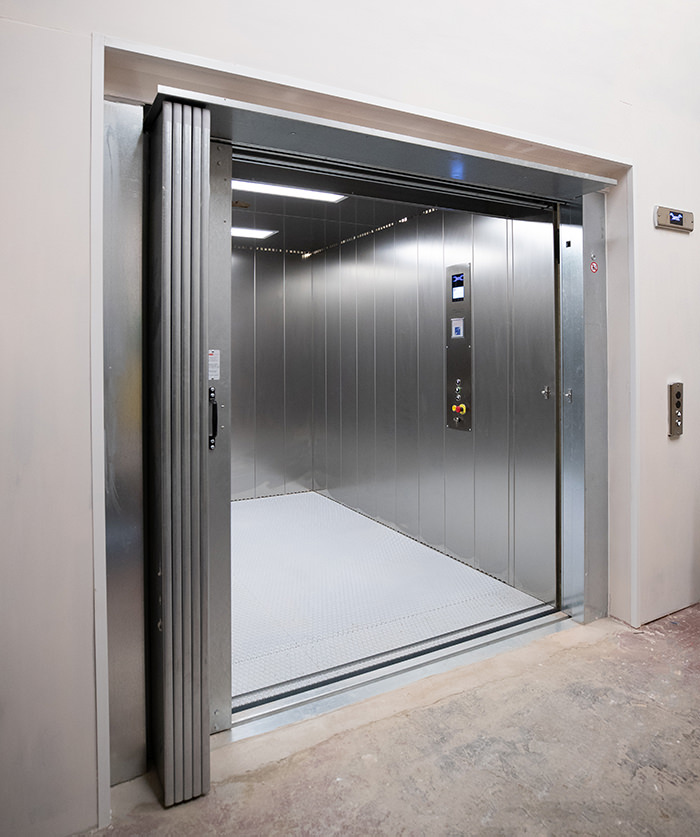We Maintain Lifts with Accuracy: Ensuring Safety And Security and Efficiency
We Maintain Lifts with Accuracy: Ensuring Safety And Security and Efficiency
Blog Article
Looking Into the World of Lifts: Common Concerns Dealt With by Various Lift Devices
As we browse through the upright transportation systems of modern-day buildings, lifts stand out as a vital component of our everyday lives. From hydraulic lifts to grip systems and machine-room-less layouts, each lift type comes with its collection of usual concerns.
Hydraulic Elevators
Hydraulic elevators, typically favored for low-rise buildings, use fluid stress to regulate the movement of the elevator automobile (lift repair companies). This system entails a hydraulic pump pressing oil into a cyndrical tube, triggering the lift to relocate in the wanted instructions. While hydraulic elevators are recognized for their smooth and quiet operation, they do come with their own set of typical concerns
One prevalent issue with hydraulic elevators is oil leakage. Additionally, issues with the control system, such as faulty shutoffs or a malfunctioning pump, can trigger interruptions in the lift's activity.
Routine maintenance and timely repairs are necessary to make certain the smooth performance of hydraulic lifts. By addressing these usual concerns proactively, building owners can decrease downtime and make sure the security and performance of their vertical transport system.
Traction Elevators
When taking into consideration upright transport systems in buildings, one more usual kind besides hydraulic lifts is the traction lift. Traction lifts run utilizing a system of ropes and weights that move the lift car by clutching onto the hoist ropes. This mechanism permits for smoother and quicker upright transportation contrasted to hydraulic systems.
One of the common problems faced by grip elevators is rope wear. The continuous movement of the ropes within the traction system can result in wear and tear with time, potentially creating the elevator to breakdown or come to be risky for use. Routine evaluations and upkeep of the ropes are vital to make certain the elevator's proper performance and security.
Another concern that traction elevators might encounter is associated with the control system. Troubles with the control system can lead to issues such as unpredictable motion, hold-ups in response times, or even total closures. Normal testing and maintenance of the control system are crucial to stop such concerns and make certain the elevator's reliability.
Machine-Room-Less (MRL) Elevators

Among the essential components of MRL lifts is the small gearless traction equipment that is set up within the hoistway. This maker efficiently drives the lift vehicle without the need for bulky devices found in traditional grip elevators. In addition, MRL elevators commonly utilize a weight system to balance the car, additional enhancing their energy performance.
In spite of their benefits, MRL lifts might face difficulties associated with maintenance and repair work as a result of the constrained area for equipment installment. Ease of access for servicing elements within the shaft can be restricted, calling for specialized training for specialists. Proper upkeep timetables and normal inspections are important to make certain the ongoing smooth procedure of MRL elevators.
Overloading and Weight Restriction Issues
Overwhelming and weight limit issues are vital worries in lift operations. Elevator manufacturers layout raises with certain weight capabilities to ensure traveler safety and equipment long life.
When lifts are overwhelmed, it puts extreme stress on the motor, cables, and various other elements, potentially causing breakdowns or malfunctions. Security mechanisms such as sensing units and overload sensors remain in location to stop lifts from relocating if they identify excess weight. Additionally, going beyond weight restrictions can lead to increased energy consumption and wear and tear on the elevator system.
To mitigate overwhelming issues, developing supervisors should plainly display weight limits in lifts and enlighten occupants on the relevance of adhering to these restrictions - lift repair companies. Routine upkeep checks by certified professionals can likewise assist make certain that elevators are running within secure weight parameters. By resolving overloading and weight limitation issues proactively, building proprietors can boost elevator security and performance
Electrical System Failures
Surpassing weight limitations in lifts can we maintain lifts not just lead to mechanical problems yet likewise possibly add to electrical system failures within the lift framework. Electric system failures are a vital issue in elevator operation, as they can trigger unforeseen closures, malfunctions, or even safety and security dangers. One common electric issue is the overheating of components due to extreme existing flow triggered by overloading the elevator beyond its capacity. This can result in damage to the control, wiring, or motor systems, leading to expensive repairs and downtime.
Moreover, power rises or variations in the electrical supply can also disrupt the read this elevator's procedure, influencing its efficiency and security. These electrical disruptions can harm delicate elevator components such as control board, circuit card, or sensors, causing system failures. Normal upkeep and evaluations are crucial to recognize and attend to possible electric concerns quickly, ensuring the efficient and secure operation of lift systems. By adhering to weight restrictions and carrying out regular electrical system checks, building proprietors can reduce the threat of electrical failures in lifts.
Final Thought

Hydraulic elevators, usually preferred for low-rise buildings, utilize fluid informative post pressure to control the activity of the elevator automobile.When thinking about upright transportation systems in structures, one more usual type aside from hydraulic elevators is the grip elevator. Grip elevators run using a system of ropes and weights that move the lift vehicle by grasping onto the hoist ropes. Unlike traditional elevators that call for a separate equipment space to house the tools, MRL lifts incorporate most of the elements within the shaft, eliminating the demand for a devoted machine area.In conclusion, lifts deal with typical concerns such as hydraulic breakdowns, traction system failings, and electric system troubles.
Report this page